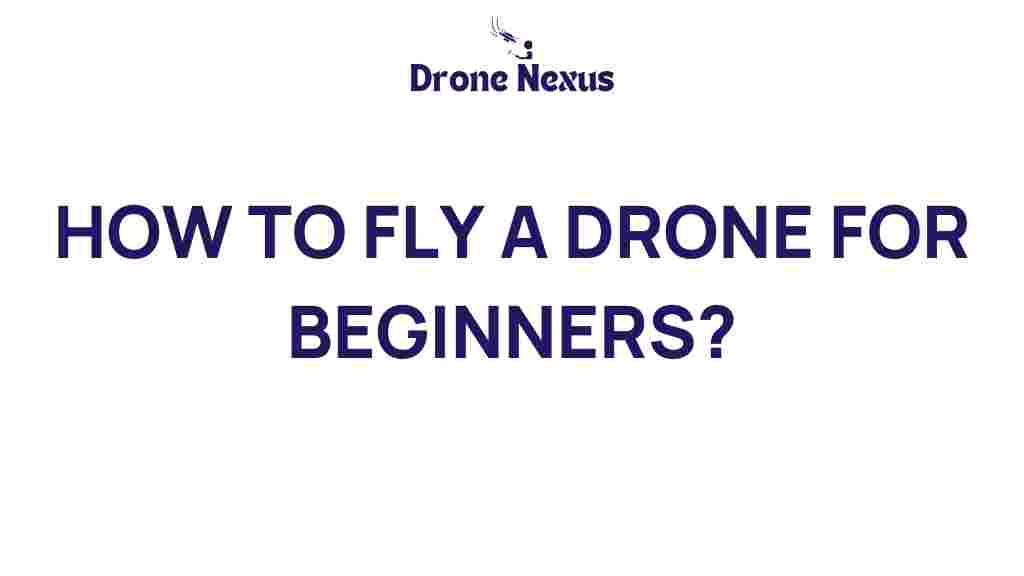Drone Flying: A Beginner’s Guide to Unlocking the Skies
Flying drones has become an exhilarating hobby for many enthusiasts, offering a unique perspective on the world from above. Whether you are interested in aerial photography, racing, or simply enjoying the thrill of piloting a UAV (Unmanned Aerial Vehicle), understanding the basics of drone flying is crucial. This guide will take you through everything you need to know to get started with drone flying, from choosing the right drone to mastering your first flight.
Understanding the Basics of Drone Flying
Before you dive headfirst into the world of drone flying, it’s essential to understand a few key concepts:
- Types of Drones: There are various types of drones, including quadcopters, hexacopters, and fixed-wing drones. Each type serves different purposes, so choose one that aligns with your interests.
- Components of a Drone: A typical drone consists of a frame, motors, propellers, a battery, and a flight controller. Familiarizing yourself with these parts will help you troubleshoot issues later.
- Flight Modes: Drones often come with different flight modes, such as GPS mode, altitude hold, and manual mode. Understanding these modes can enhance your flying experience.
Choosing the Right Drone for Beginners
When starting your drone flying journey, selecting the right drone is crucial. Here are some factors to consider:
- Budget: Drones range from inexpensive models for beginners to high-end options. Set a budget and look for drones that fit within that range.
- Camera Quality: If aerial photography interests you, consider drones with built-in cameras or those that allow you to attach your own.
- Ease of Use: Look for drones with beginner-friendly features, such as one-button takeoff and landing, and stabilization technology.
Step-by-Step Guide to Drone Flying
Now that you have your drone, follow these steps to get started with drone flying:
Step 1: Read the Manual
Start by reading the user manual thoroughly. It provides vital information about your specific model, including assembly instructions and safety precautions.
Step 2: Charge the Battery
Make sure to fully charge your drone’s battery before your first flight. An undercharged battery can lead to unexpected crashes.
Step 3: Find a Suitable Flying Location
Choose an open area away from people, buildings, and obstacles. Parks or large fields are ideal for beginners.
Step 4: Perform a Pre-Flight Check
Before flying, conduct a pre-flight check:
- Inspect the drone for any visible damage.
- Ensure the propellers are securely attached.
- Check that the battery is charged and properly installed.
Step 5: Turn on the Controller and Drone
Switch on the remote controller first, followed by the drone. This helps establish a connection between the two.
Step 6: Calibrate the Drone
Some drones require calibration before flight. Follow the instructions in the manual to calibrate the compass and gyroscope.
Step 7: Take Off!
Start with a gentle throttle to lift off. Practice hovering at a low altitude to get comfortable with the controls.
Step 8: Practice Basic Maneuvers
Once you are comfortable hovering, practice basic maneuvers such as:
- Yawing (rotating the drone left or right)
- Pitching (tilting the drone forward or backward)
- Rolling (tilting the drone left or right)
Drone Flying Tips for Beginners
To enhance your drone flying experience, keep these tips in mind:
- Start Slow: Don’t rush into complex maneuvers. Start with basic movements and gradually advance.
- Use a Simulator: Consider using flight simulators to practice your skills without risking damage to your drone.
- Know the Rules: Familiarize yourself with local laws and regulations regarding drone flying to avoid fines and ensure safety.
- Join a Community: Engage with other drone enthusiasts through forums or local clubs. They can provide valuable tips and support.
Troubleshooting Common Drone Issues
Even experienced drone pilots encounter problems. Here are some common issues and how to troubleshoot them:
- Drone Won’t Take Off: Check the battery charge, ensure propellers are correctly attached, and confirm that the drone is properly calibrated.
- Unstable Flight: This may be due to low battery or poor calibration. Re-calibrate and ensure the battery is fully charged.
- Lost Signal: If the drone loses connection with the controller, it may go into fail-safe mode. Always fly within the recommended range and avoid obstacles.
Drone Flying Safety Guidelines
Safety should always be a priority when flying drones. Follow these guidelines to ensure a safe experience:
- Always fly below 400 feet.
- Keep your drone within your line of sight.
- Avoid flying near airports or populated areas.
- Respect others’ privacy; don’t fly over private property without permission.
- Follow all local regulations regarding drone flying.
Enhancing Your Drone Flying Skills
As you become more comfortable with drone flying, consider exploring advanced skills:
- Aerial Photography: Learn techniques for capturing stunning images and videos from the sky.
- Racing: Join local drone racing leagues to test your skills in competitive environments.
- FPV Flying: Experience the thrill of First-Person View (FPV) flying with special goggles that give you a pilot’s perspective.
Conclusion
Drone flying is an exciting hobby that offers endless possibilities for exploration and creativity. By following the steps outlined in this guide, you can unlock the skies and embark on your drone flying journey with confidence. Remember to prioritize safety, practice regularly, and stay informed about the latest regulations and technologies in the drone world. If you need further resources, check out this comprehensive guide to deepen your understanding of drone flying.
Happy flying!
This article is in the category Applications and created by DroneNexus Team
